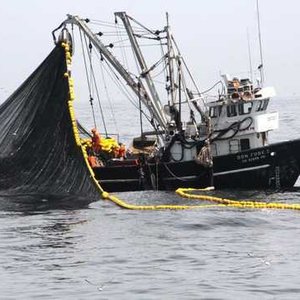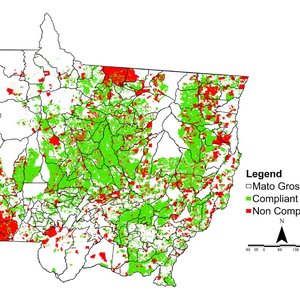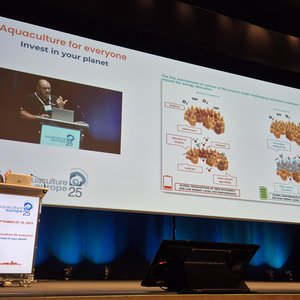Since aquatic diets are reducing fishmeal that is being replaced by vegetable protein sources, there is a higher need for supplemental phosphorus in the form of inorganic feed phosphates. However, high levels of phosphorus are supposed to have negative effects on performance. A study performed by the department of Aquatic Animal Health of the University of Tehran, Iran and Aliphos in carp (Cyprinus carpio) aimed to elucidate these negative side effects.
The study combined phosphorous with Spirulina, since it was reported that it can bind phosphorus, rendering it unavailable. Spirulina is used in Koi carp feeds because of its coloring properties. Ten trial diets were formulated to contain increasing inclusion levels of Windmill® Aquaphos (Aquaphos) and one inclusion of Aliphos® Monocal (MCP), with and without Spirulina, including two control feeds (with and without Spirulina without addition of feed phosphates).
Growth at 3% inclusion of Aquaphos was significantly higher than the other groups, including MCP at 3% inclusion rate. The same results were obtained in terms of higher blood phosphorus content and higher bone phosphorus content. The use of Aquaphos, even at higher levels, did not negatively affect water quality parameters. Contrary, the inclusion of 3% MCP in combination with Spirulina resulted in a higher phosphorus content of the water. These results suggested that Windmill® Aquaphos has a significantly higher phosphorus-bioavailability than monocalcium phosphate for carp. Researchers suggested that the carp digestible phosphorous requirements are about 0.9 %.












